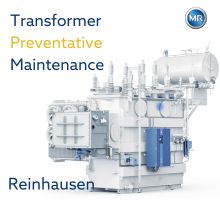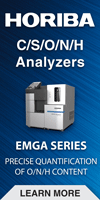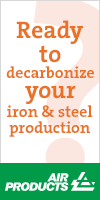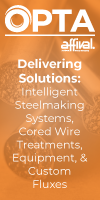U.S. Mills: Steel Can Hold Its Own in Automotive Market
08/08/2012 - Don’t be so quick to abandon steel as the automotive material of choice, said a wing of the American Iron and Steel Institute in a statement Tuesday.
Don’t be so quick to abandon steel as the automotive material of choice, said a wing of the American Iron and Steel Institute in a statement Tuesday.
Advanced high-strength steels (AHSS) best allow the automotive industry to meet standards for “reduced greenhouse gas emissions, without compromising safety, performance or affordability,” according to the Steel Market Development Institute (SMDI).
In late July, the Wall Street Journal reported that US automaker Ford wants to cut the weight of its F-150 pick-up truck by replacing about 700 pounds of steel with aluminum. In 2011, Ford sold more than 200,000 F-150s.
Aluminum’s main advantage over steel is its reduced weight, with its main detraction being its increased cost.
SMDI, however, counters that increasingly more exotic steel concoctions can provide the benefit of reduced weight – and thus greenhouse gas emissions – without adding cost.
“The advanced grades are relatively new to vehicle design and are significantly different from the conventional steels they replace,” according to the statement.
Severstal North America, which devotes much of its capacity in Dearborn, Michigan, to the automotive market said AHSS sheet is “critical to the future of automotive design, safety and fuel economy.”
“Our automotive customers project up to a five-fold increase in demand for AHSS,” a Severstal representative said. “Severstal has invested more than any other producer in the advanced capabilities to make the products needed now, and in the future, by our automotive partners.”
AK Steel said it too is banking on the continued growth of the AHSS market. “As a leading producer of steels for automotive applications, AK Steel not only currently supplies AHSS products to our automotive customers, but we are also involved in continuing research and product development for the next generation of AHHS to meet the future needs of the automotive industry,” an AK representative said.
Blake Zuidema, ArcelorMittal’s director of automotive product applications, said the company’s AHSS technology “will help automakers achieve the (Obama) Administration’s recent ruling to raise CAFÉ (corporate average fuel economy) standards to 54.5 mpg by 2025.”
He added that steel not only reduces tailpipe emissions but also overall emissions throughout the supply chain.
“Tailpipe emissions get the most attention, but that’s not the whole story,” he said. “In order to understand how green a vehicle is, you have to look at its entire life cycle – from creating the materials that make the car to the useful phase of the car’s life to sending it to the scrap yard to make more cars.”
Nucor officials said the company’s recent investments, totaling about $1bn, are directed primarily toward producing leaner, greener steels for the auto industry: “Further regarding the recyclability and environmental friendliness of steel, Nucor’s steelmaking EAF technology uses over 72% recycled materials to make a 100% recyclable product with an industry leading carbon footprints. As we qualify Castrip for more automotive applications, the carbon footprint for an automobile gets even smaller.”



-(220-x-200-px)-(130-x-130-px)-(220-x-200-px).jpg?lang=en-US&ext=.jpg)
.gif?width=200&height=200&mediaprotectionhash=ddb07947ad3b4ab959a83714461eccd5c6895f370695eb035a9ff7aa736f8ad9&ext=.gif)





